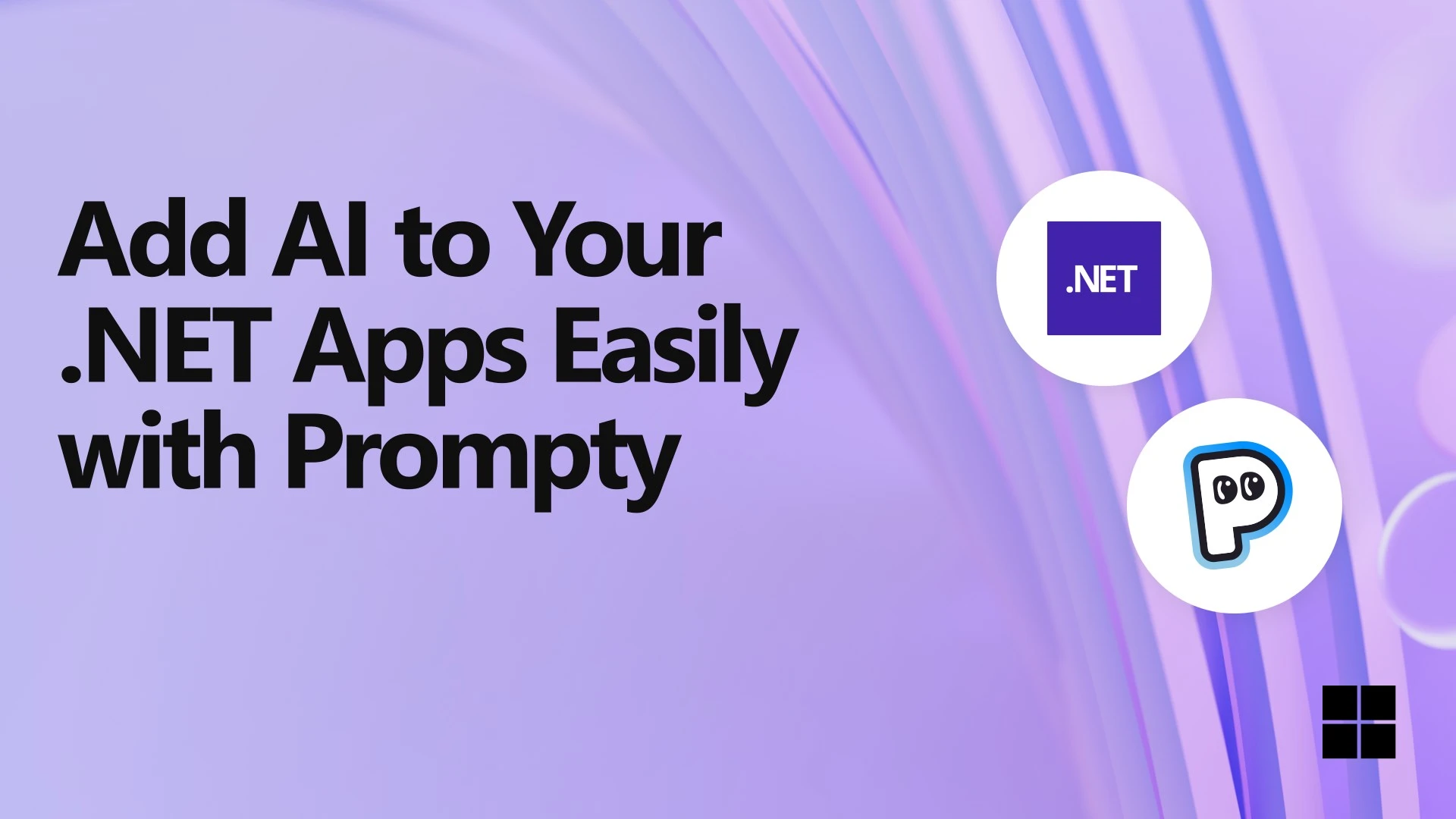Their intro video about Veilid…
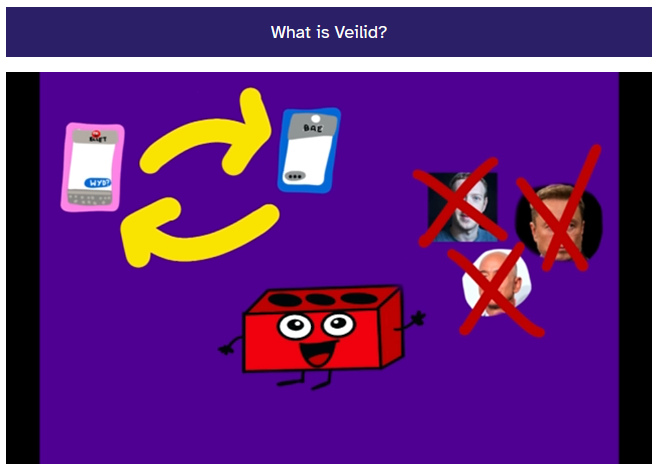
.NET 9 introduces a new NuGet dependency graph resolver that dramatically improves package restore performance for large repositories. Learn how this reimagined approach reduces restore times from 30 minutes to just 2 minutes by creating a more efficient dependency graph with fewer nodes.
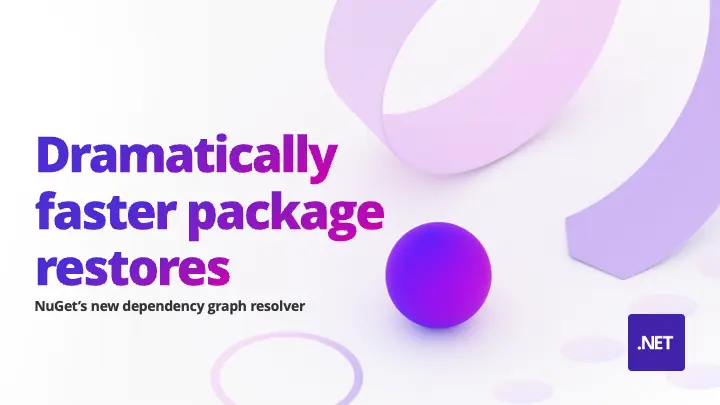
> a new NuGet dependency graph resolver built to dramatically improve performance
> The new algorithm they developed uses a more streamlined approach, representing the graph as a flattened set where each node is created only once. This makes the in-memory dependency graph much smaller and easier to work with. Conflicts are resolved as the graph is being built, which avoids the need for the repetitive passes that the old dependency graph resolution algorithm required.
> This new approach had dramatic results. The original dependency graph, which in our testing would create 1.6 million nodes for a complex project, was reduced to just 1,200 nodes. With fewer nodes to process, restore times dropped significantly; from 16 minutes down to just 2 minutes.
What a domain
Oracle is holding the JavaScript trademark hostage, and we’re pursuing legal means to #FreeJavaScript. Here’s a brief update.

> On November 22, 2024, Deno formally filed a petition with the USPTO to cancel Oracle’s trademark for “JavaScript.” This marks a pivotal step toward freeing “JavaScript” from legal entanglements and recognizing it as a shared public good.
> Oracle has until January 4, 2025, to respond. If they fail to act, the case will go into default, and the trademark will likely be canceled.
Oracle is holding the JavaScript trademark hostage, and we’re pursuing legal means to #FreeJavaScript. Here’s a brief update.

> On November 22, 2024, Deno formally filed a petition with the USPTO to cancel Oracle’s trademark for “JavaScript.” This marks a pivotal step toward freeing “JavaScript” from legal entanglements and recognizing it as a shared public good.
> Oracle has until January 4, 2025, to respond. If they fail to act, the case will go into default, and the trademark will likely be canceled.
You didn't give much info on what it's supposed to be or become, but either one of:
- Create something of value, while being open and documented enough for accepting contributions
- Write down and publish goals, approach, structure so anyone can participate, and seek out collaborators while also doing your own
- AHA - Avoid Hasty Abstractions
- WET - Write Everything Twice
- DRY - Don't Repeat Yourself
From what I hear from my brother working in a bank, they should be using databases and data querying instead of excel. What excessive excel use leads to, at least in such cases, is awful flimsy practices, certainty and stability.
The financial data and its accumulations run through multiple excel files referencing others. Traceability requirements that they have to guarantee by law are an issue; I wonder if they'll be able to implement them with Excel at all.
Businesses running on Excel is certainly factual. But I have to wonder whether it's necessary of even a good solution for their work.
If they're deep and wide into Excel, I imagine other data tooling would be better. And if they're not, other products like LibreOffice seem viable as direct replacements.
Because they're done with specific ms-office macros or because libre-office has no equivalents?
It may not be an immediate 1 to 1 switch with extensive or specific macros, but I would imagine it would be possible and no worse after migration?
Forge-joe
What are you talking about?
I'm surprised you didn't mention MSBuild. dotnet runs MSBuild, and MSBuild is task-oriented (or target-oriented? or target-task-oriented?).
I take editing via MSBuild would cover the same things, but Cake allows doing so without having to use/learn MSBuild?
Introducing a new command line tool dotnet scaffold, a new interactive way to create projects in .NET.
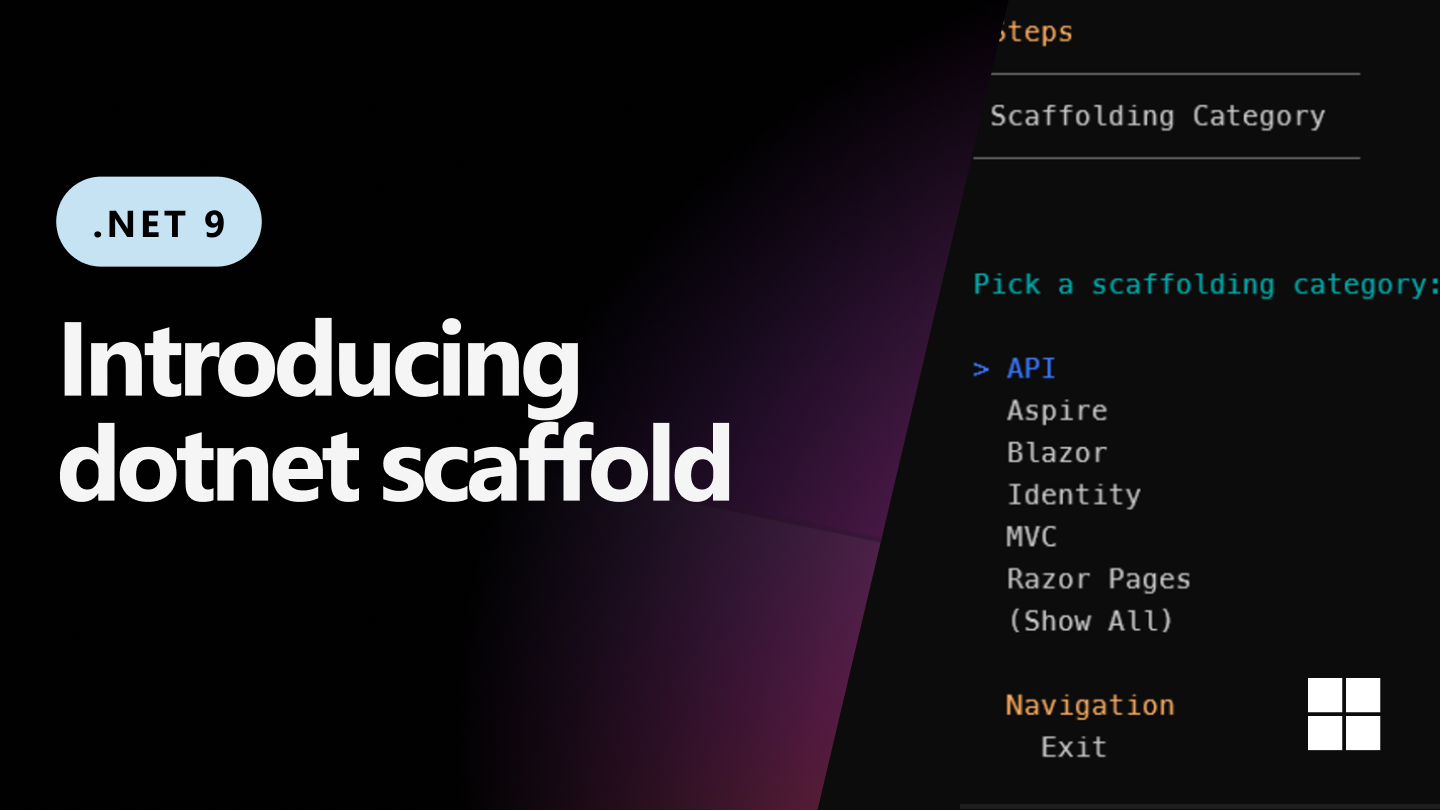
An interactive dotnet tool dotnet scaffold has been released in preview.
sh dotnet tool install --global Microsoft.dotnet-scaffold
---
dotnet scaffold has support for the following ASP.NET Core project types:
- Web app
- Web API
- .NET Aspire
- Blazor
---
From the README:
For more information on ASP.NET scaffolding, see the following tutorials:
- Add a model to an ASP.NET Core MVC app
- Add a model to a Razor Pages app
- Tutorial: Create a web API with ASP.NET Core
- Scaffold Identity
---
For context: Entity Framework has Reverse Engineering with the dotnet ef dbcontext scaffold command/tool.
Doesn't help that it's a multi-page document…
Persistent domain entity, Proto-persistent domain entity, View model, ,
What the heck… Yeah, I wouldn't want to use that either. While it may be a formalization, it seems like it would significantly increase complexity and overhead. That can't be worth it unless it's a huge enterprise system that has to work with generalized object types across teams or something.
I hadn't heard of Restful Objects before.
I didn't quite follow.
They're using htmx, make errors, and learning something new about using it?
That's like using any new tech though, right? Or - depending on the devs - happens even with established tech.
I've never seen htmx in production. I find it interesting though and want to explore using it. That won't be at work though. :)
I found the dropping of actions quite surprising as well. I would suspect we could return the links with a disabled attribute? If they should be displayed but not accessible/triggerable.
We could have called them HTTP APIs.
No, it doesn't mean only humans can interact with it.
The key point [of classical REST] is that responses are self-contained self-describing. Requesting a resource response tells you what actions you can take on it. There is no need for application domain knowledge, implicitly or separately-explicitly shared knowledge.
Some HTTP web apis offer links in their JSON responses for example. Like previous and next page/ref on paging/sectioning/cursor. Or links to other resources. I don't think I've ever seen possible resource actions/operations be included though. Which is what the original REST would demand.
That's how I understood it anyway.
Their suggestion of using HTML rather than JSON is mainly driven by their htmx approach, which the project and website is about. Throughout this article though, they always leave open which data form is actually used. In your quoted text they say "for example". In a later example, they show how JSON with hyperlinks could look like. (But then you need knowledge about that generalized meta structure.)
How Did REST Come To Mean The Opposite of REST? | htmx
htmx gives you access to AJAX, CSS Transitions, WebSockets and Server Sent Events directly in HTML, using attributes, so you can build modern user interfaces with the simplicity and power of hypertext htmx is small (~14k min.gz’d), dependency-free, extendable, IE11 compatible & has reduced code...
How Did REST Come To Mean The Opposite of REST? | htmx
htmx gives you access to AJAX, CSS Transitions, WebSockets and Server Sent Events directly in HTML, using attributes, so you can build modern user interfaces with the simplicity and power of hypertext htmx is small (~14k min.gz’d), dependency-free, extendable, IE11 compatible & has reduced code...
Link doesn’t load for me
This post has no link. It's a text post.
I interpreted it as a wording issue on the "without downloading them" referring to you work locally - which matches "(client side)" as well.
without downloading them (client side)
if they're client side they must be downloaded
Presentation/Lecture; bad software quality due to software stack complexity with increased separation of layers and participants
SoC (System on a Chip) hardware for embedded/smaller use cases is very common and successful.
Suggests "Direct Coding" with direct hardware access as a possible alternative approach to PC hardware interfacing. Implementing that is more about commitment than difficulty. Depends more on hardware producers than software developers. A lack of drivers could give a fairer playing field between manufacturers.
Nushell CLI command to download the highest-quality opus audio file through yt-dlp
Command dl opus to download highest quality audio as or into an opus file through yt-dlp.
Add to config.nu:
```nu
Download highest quality Opus audio as/into .opus file
def "dl opus" [url: string] { yt-dlp --extract-audio --audio-quality 0 --audio-format opus $"($url)" } ```
Usage:
nu dl opus <url>
---
I have set up dl as an alias for yt-dlp via alias dl = yt-dlp. The def above adds an overlaying sub-command.
Announcing the release of .NET 9, the most productive, modern, secure, intelligent, and performant release of .NET yet. With updates across ASP.NET Core, C#, .NET MAUI, .NET Aspire, and so much more.

- What's new in .NET 9
- What's new in ASP.NET Core 9.0
- What's New in EF Core 9
- What's new in Windows Forms for .NET 9
- What's new in WPF for .NET 9
- What's new in .NET MAUI for .NET 9
- Latest stable channel release notes for the Windows App SDK
- What's new in C# 13
- What's new in F# 9
- Visual Studio 2022 version 17.12 announcement, release notes
Announcing the release of .NET 9, the most productive, modern, secure, intelligent, and performant release of .NET yet. With updates across ASP.NET Core, C#, .NET MAUI, .NET Aspire, and so much more.

- What's new in .NET 9
- What's new in ASP.NET Core 9.0
- What's New in EF Core 9
- What's new in Windows Forms for .NET 9
- What's new in WPF for .NET 9
- What's new in .NET MAUI for .NET 9
- Latest stable channel release notes for the Windows App SDK
- What's new in C# 13
- What's new in F# 9
- Visual Studio 2022 version 17.12 announcement, release notes
An overview of all new .NET 9 features in System.Text.Json for developers.
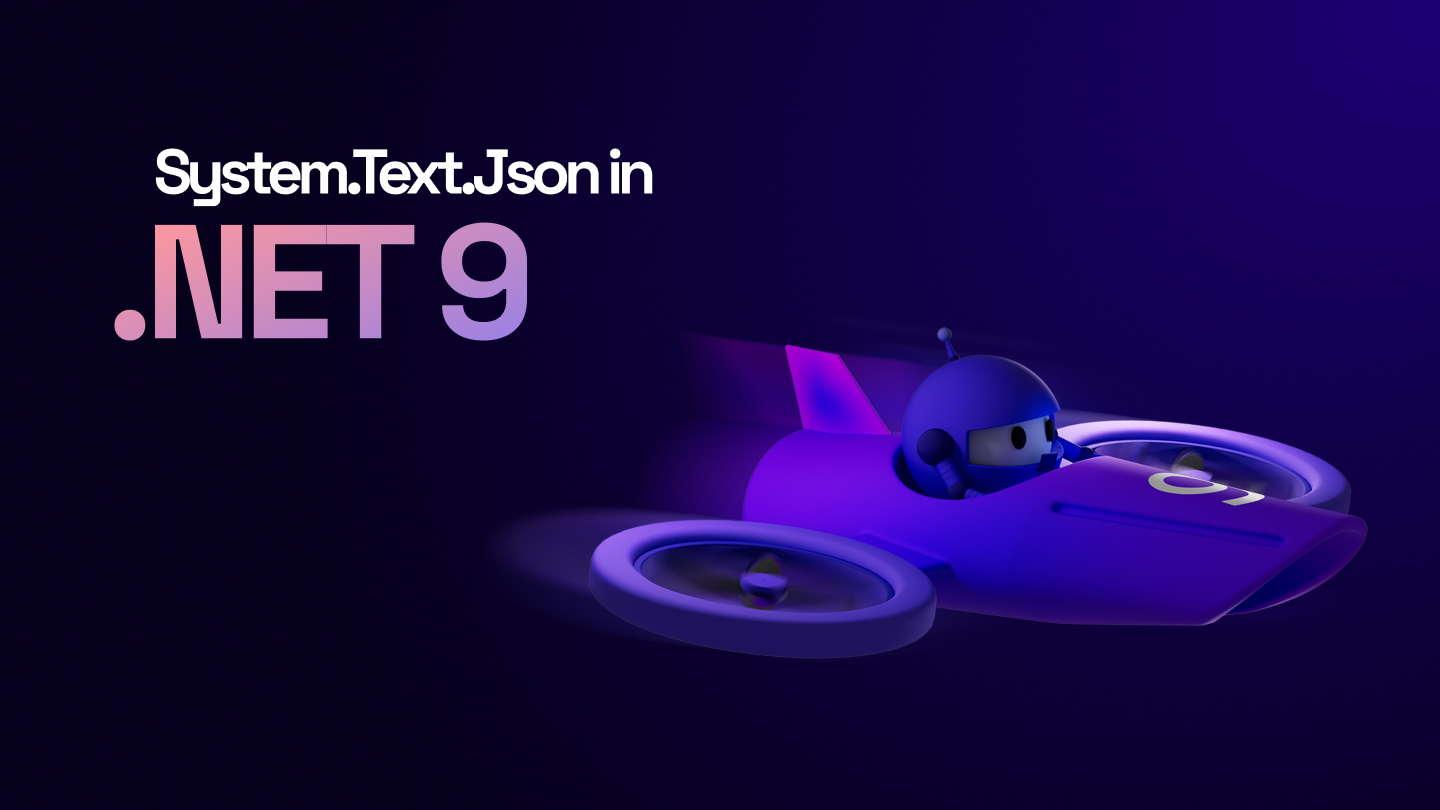
Announcing Deno 2 - Full npm compatibility, Stabilized Standard Library
Our next major version of Deno combines the simplicity, security, and performance of Deno 1 with full Node and npm backwards compatibility, and much more.

> Today, we’re thrilled to announce Deno 2, which includes: > >* Backwards compatibility with Node.js and npm, allowing you to run existing Node applications seamlessly >* Native support for package.json and node_modules >* Package management with new deno install, deno add, and deno remove commands >* A stabilized standard library >* Support for private npm registries >* Workspaces and monorepo support >* Long Term Support (LTS) releases >* JSR: a modern registry for sharing JavaScript libraries across runtimes
>We are also continually improving many existing Deno features: > >* deno fmt can now format HTML, CSS, and YAML >* deno lint now has Node specific rules and quick fixes >* deno test now supports running tests written using node:test >* deno task can now run package.json scripts >* deno doc’s HTML output has improved design and better search >* deno compile now supports code signing and icons on Windows >* deno serve can run HTTP servers across multiple cores, in parallel >* deno init can scaffold now scaffold libraries or servers >* deno jupyter now supports outputting images, graphs, and HTML >* deno bench supports critical sections for more precise measurements >* deno coverage can now output reports in HTML
Deno is a single binary for the TypeScript and JavaScript ecosystems. Deno is secure by default (installing npm libs do not automatically have full system perms/access).
The new standard library stabilizes a vetted collection of safe binaries instead of having to search for and install random libraries for basic or common use cases with [or without] own security assessments.
Deno compile compiles the TS/JS project into a single binary.
The backwards compatibility to npm and npm/js frameworks enables deno usage in existing projects and with existing libs with the benefits of deno and a path to incremental migration.
The announcement video is worth watching. The intro is great.
Steam 'Ada Lovelace Day' Sale - Coding, Automation, Engineering games
Every second Tuesday of October Ada Lovelace Day is celebrated - to commemorate the famous English mathematician of the XIX century, and the first programmer in history. To mark this occasion, we rounded up a party of games that are not only fun to play, but can teach you to think like a true engine...

> Every second Tuesday of October Ada Lovelace Day is celebrated - to commemorate the famous English mathematician of the XIX century, and the first programmer in history. > >To mark this occasion, we rounded up a party of games that are not only fun to play, but can teach you to think like a true engineer and feel like a tech wizard! > >Welcome to Ada Lovelace Day Sale. Hello, world!
ends 14th (tomorrow)
Try out the latest features in .NET 9 Release Candidate 2 across the .NET SDK, libraries, runtime, ASP.NET Core, SignalR, .NET MAUI, and more!

Take an in-depth tour through hundreds of performance improvements in .NET 9.
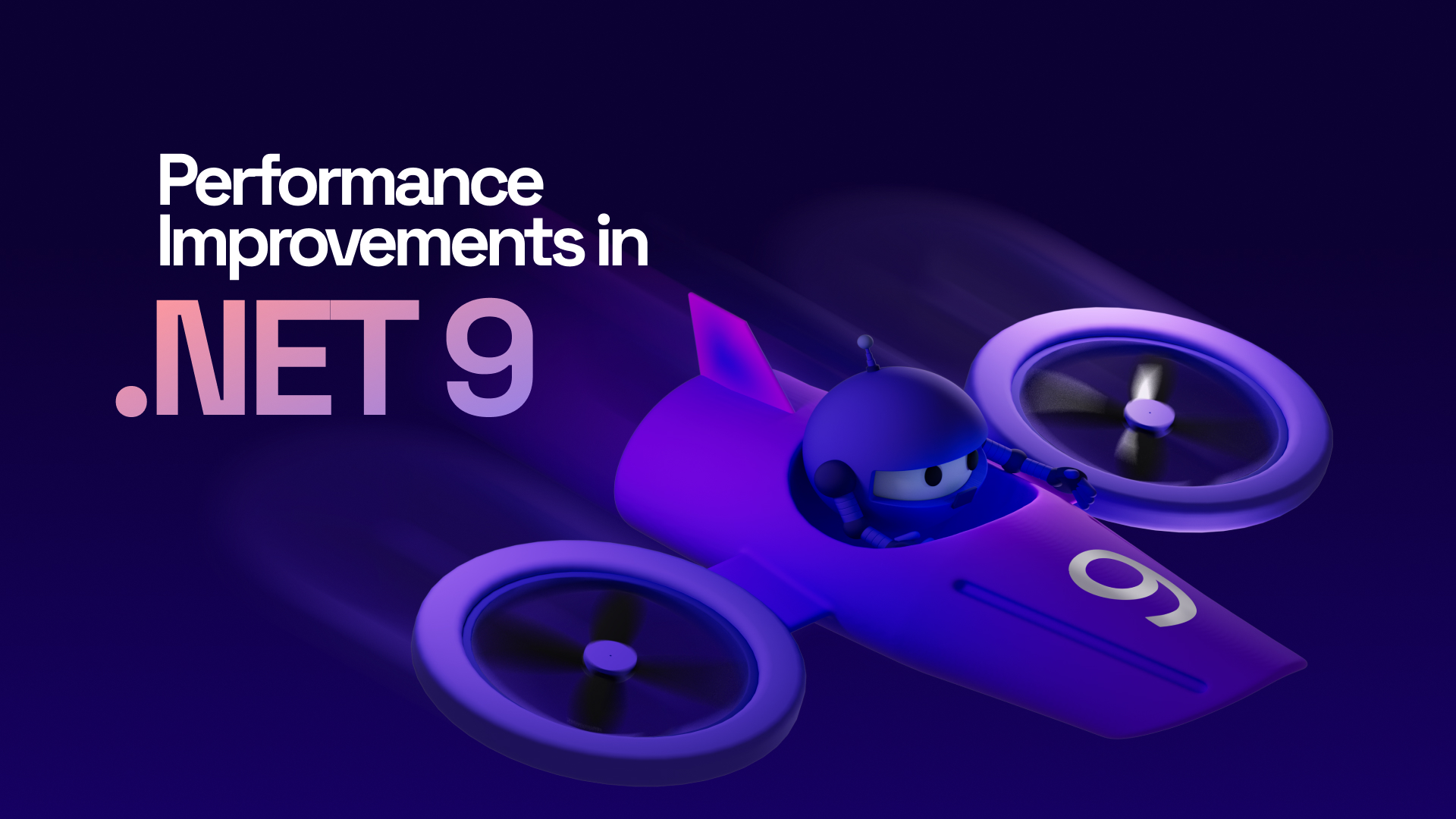
A very long, verbose article with many area topics.
Try out the latest features in .NET 9 Release Candidate 1 across the .NET SDK, libraries, ASP.NET Core, SignalR, .NET MAUI, and more!

Companies may unintentionally hurt their sales by including the words “artificial intelligence” when describing their offerings that use the technology, according to a study led by WSU researchers.

> researchers conducted experimental surveys with more than 1,000 adults in the U.S. to evaluate the relationship between AI disclosure and consumer behavior
> The findings consistently showed products described as using artificial intelligence were less popular
> “When AI is mentioned, it tends to lower emotional trust, which in turn decreases purchase intentions,”
Learn how to integrate AI into your .NET applications with Prompty, a powerful Visual Studio Code extension.
